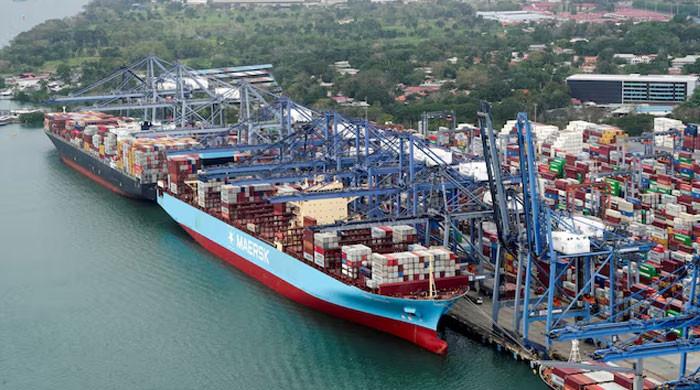US Troops to Access Panama Canal Bases Under New Agreement
PANAMA CITY: A new agreement between the United States and Panama will allow US troops to utilize a series of military bases along the Panama Canal for training and other operations. This move is widely seen as part of President Donald Trump’s effort to regain influence over the strategic waterway.
The agreement, signed by top security officials from both nations, enables US military personnel to deploy to Panama-controlled facilities for training, exercises, and “other activities.”
While the deal stops short of allowing the United States to construct its own permanent bases on the isthmus—a move that would be both unpopular with Panamanians and legally complex—it grants the US broad authority to deploy an unspecified number of personnel to existing bases, some of which Washington built during its occupation of the canal zone decades ago.
Since returning to power in January, President Trump has repeatedly asserted that China exerts excessive influence over the canal, which handles approximately 40 percent of US container traffic and five percent of global trade.
His administration has pledged to “take back” control of the strategic waterway that the United States funded, built, and controlled until 1999.
The United States has a history of participating in military exercises in Panama. However, a longer-term rotational force, similar to the one maintained in Darwin, Australia, could prove politically challenging for Panama’s center-right leader, José Raúl Mulino.
Country on fire
Mulino, speaking from Peru on Thursday, revealed that the United States had requested to establish its own bases.
Mulino stated that he informed visiting Pentagon chief Pete Hegseth that US bases, as proposed in an earlier draft, would be “unacceptable.”
He cautioned Hegseth, “Do you want to create a mess? What we’ve put in place here would set the country on fire.”
In the revised “Memorandum of Understanding,” signed by Hegseth and Panama’s security chief Frank Ábrego on Wednesday, Panama secured its own concessions.
The United States recognized Panama’s sovereignty—a significant point given Trump’s reluctance to rule out an invasion—and Panama will retain control over all installations.
Panama will also have the authority to approve any deployments.
However, considering Trump’s readiness to revise trade deals, treaties, and agreements, this may offer limited reassurance to concerned Panamanians.
The country has a long and complex relationship with the United States.
They share close cultural and economic ties, despite the decades-long US occupation of the canal zone and the US invasion 35 years ago to overthrow dictator Manuel Noriega.
That invasion resulted in the deaths of over 500 Panamanians and the destruction of parts of the capital.
Trump’s vow to reclaim the canal, along with his claims of Chinese influence, have triggered mass demonstrations.
By law, Panama operates the canal with open access to all nations.
Nevertheless, the US president has focused on the role of a Hong Kong company that has operated ports at both ends of the canal—connecting the Atlantic and Pacific oceans—for decades.
Under pressure from the White House, Panama has accused the Panama Ports Company of failing to meet its contractual obligations and has pushed for the firm’s withdrawal from the country.
The ports’ parent company, CK Hutchison, announced last month an agreement to sell 43 ports in 23 countries—including its two on the Panama Canal—to a consortium led by US asset manager BlackRock for $19 billion in cash.
An enraged Beijing has since announced an antitrust review of the deal.



Comments (0)
No comments yet. Be the first to comment!
Leave a Comment